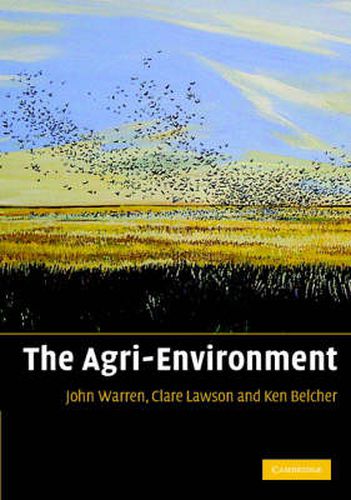Readings Newsletter
Become a Readings Member to make your shopping experience even easier.
Sign in or sign up for free!
You’re not far away from qualifying for FREE standard shipping within Australia
You’ve qualified for FREE standard shipping within Australia
The cart is loading…






The application of ecological theory and conservation biology to agricultural ecosystems has become an important and growing research field and undergraduate course component in recent years. This book is both an academic textbook and practical guide to farm conservation, and has evolved from the authors’ extensive teaching experience. It covers the ecology of farmed land, how agricultural practices influence the environment, how agriculture has changed over time and how the species that inhabit the agri-environment have adapted. It also covers the history of agricultural policy and subsidies and the development of agri-environment schemes. A number of different farming systems are discussed, as are the difficulties in determining their relative merits. Guidance is offered on how to produce a workable farm conservation plan, and the final chapters look to the future and the development of new, greener farming systems.
$9.00 standard shipping within Australia
FREE standard shipping within Australia for orders over $100.00
Express & International shipping calculated at checkout
Stock availability can be subject to change without notice. We recommend calling the shop or contacting our online team to check availability of low stock items. Please see our Shopping Online page for more details.
The application of ecological theory and conservation biology to agricultural ecosystems has become an important and growing research field and undergraduate course component in recent years. This book is both an academic textbook and practical guide to farm conservation, and has evolved from the authors’ extensive teaching experience. It covers the ecology of farmed land, how agricultural practices influence the environment, how agriculture has changed over time and how the species that inhabit the agri-environment have adapted. It also covers the history of agricultural policy and subsidies and the development of agri-environment schemes. A number of different farming systems are discussed, as are the difficulties in determining their relative merits. Guidance is offered on how to produce a workable farm conservation plan, and the final chapters look to the future and the development of new, greener farming systems.